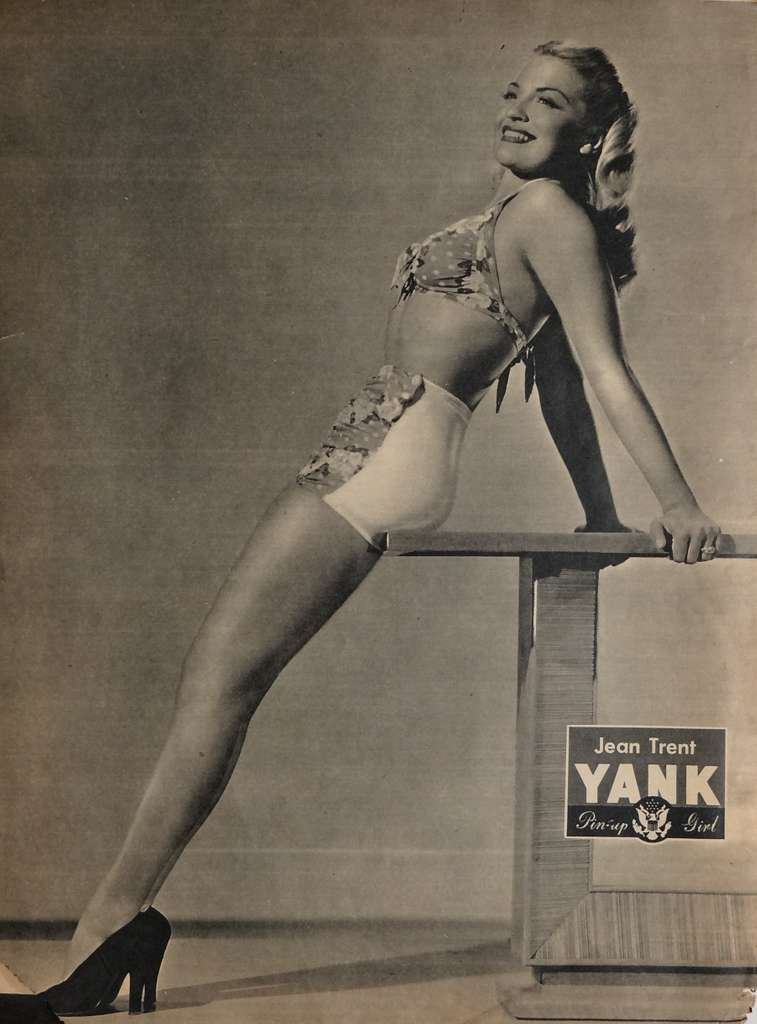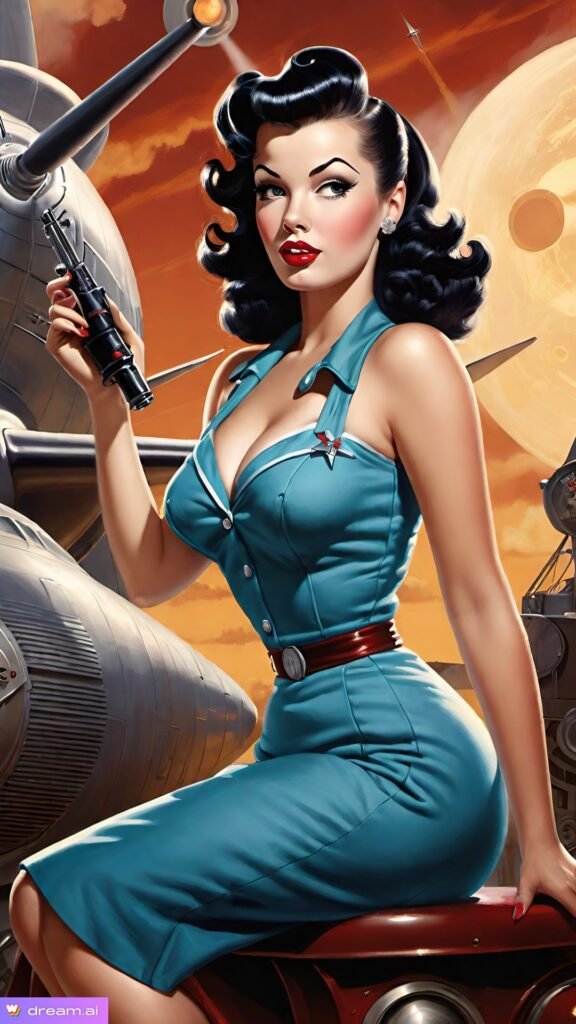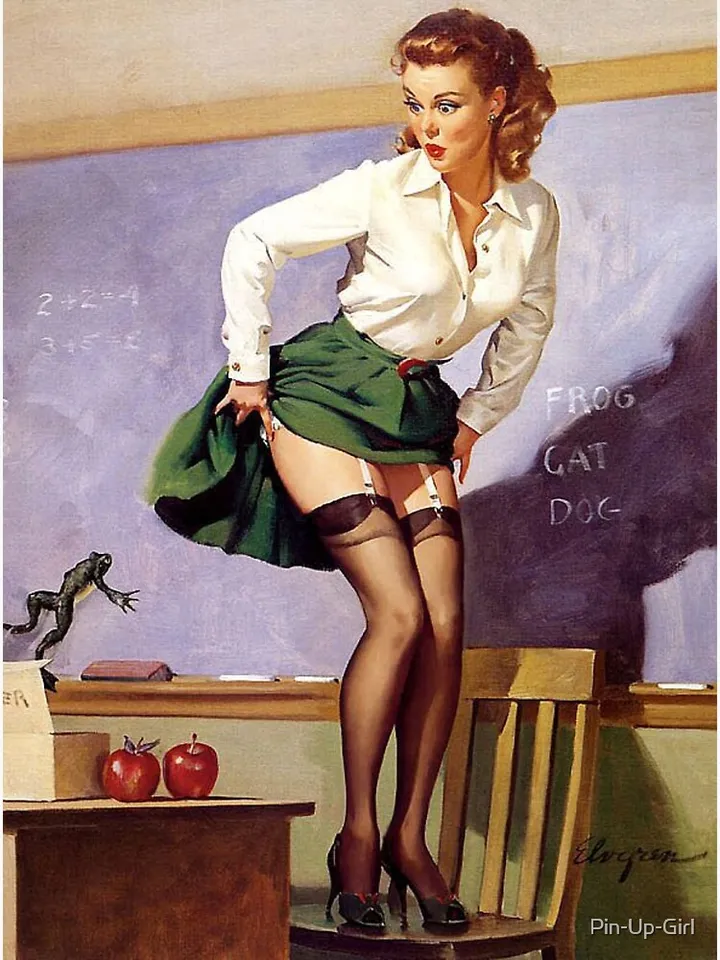Pinup photography is more than just a genre; it’s a window into an era that defined glamour, sensuality, and playful confidence. From the World War II era to the postwar boom of the 1950s, pinup photography became a cultural phenomenon, capturing iconic images that still resonate today. But what’s even more fascinating is how these unforgettable images were captured—on film.
In this post, I’d like to take a closer look at the history of pinup photography, with a special focus on the film cameras and film stocks that made it all possible. We’ll dive into the cameras used by photographers of the time, explore how filmshaped the final images, and highlight why pinup photography remains so iconic, even in the digital age.

Pinup Photography: A Snapshot of a Golden Era
Pinup photography has roots that go back to the early 20th century, but it truly flourished in the 1940s and 1950s. These playful, flirty images often depicted women in glamorous poses, dressed in everything from swimsuits to vintage lingerie. The genre wasn’t about overt sensuality; it was more about alluring suggestion—capturing beauty with a wink, a smile, and just enough mystery.
During World War II, pinup images played a unique role in boosting morale for soldiers. Soldiers pinned up photos of women to their barracks, a reminder of the world they were fighting for. As the war ended, pinup photography evolved into an important part of advertising, magazines, and movie star promotion. Models like Bettie Page, Marilyn Monroe, and Jayne Mansfield became synonymous with the pinup aesthetic, embodying that blend of innocent flirtation and bold femininity.
But what made these photographs so special? It wasn’t just the models—it was the cameras, film, and photographic techniques of the time that brought out that timeless pinup allure.
The Cameras Behind the Magic: Film and Photography in the 1940s and 1950s
In the 1940s and 1950s, photography was still very much an analog art. The digital revolution hadn’t yet arrived, so photographers relied on film cameras that could deliver stunning results—if you had the right gear and skill. Here’s a look at some of the most popular cameras that shaped pinup photography during this time.
1. The Kodak Brownie: Affordable, Yet Iconic
Before we get to the big, fancy cameras, let’s start with something a little more accessible: the Kodak Brownie. While it wasn’t a professional-grade camera, it was hugely popular among amateurs. Introduced in the 1900s, the Brownie was used by everyday people, but it still found its way into the hands of photographers experimenting with pinup-style portraits. It was simple to use and offered a great introduction to the world of film photography.
For casual pinup shots, especially in home settings or for family portraits, the Brownie became a favorite. It used film which gave a lovely grainy texture to images—a look that many photographers still love today.
2. The Contax II and III: Professional Precision
For those who wanted to take their pinup photography to the next level, the Contax II and III were 35mm rangefinder cameras that were the choice of many professionals. German-made and equipped with Zeiss lenses, these cameras produced incredibly sharp images. The Contax models allowed for precise focusing and gave photographers total control over the framing and depth of field—perfect for capturing those seductive, yet playful pinup moments.
3. The Rolleiflex: Medium Format Masterpiece
When it comes to medium-format film, the Rolleiflex Twin-Lens Reflex (TLR) camera was a game-changer. Known for its large negatives (120mm film), the Rolleiflex was ideal for creating detailed, sharp portraits that showed off the model’s personality and beauty. Unlike other cameras, the Rolleiflex allowed photographers to look down into the waist-level viewfinder, providing a more stable way to compose shots.
Many of the most iconic pinup shots of the era were captured with the Rolleiflex because of its ability to produce images with superior detail, rich textures, and a soft, dreamy bokeh. If you’ve ever seen a classic pinup photo with glowing skin and perfectly captured curls, chances are a Rolleiflex was involved.
4. The Leica M3: Compact and Brilliant
The Leica M3, introduced in the 1950s, became one of the most beloved 35mm rangefinder cameras of the era. Leica cameras were prized for their portability, sharp lenses, and high-quality image output. While they weren’t as common in the world of pinup photography specifically, the Leica M3 became a top choice for fashion and portrait photographers, helping to define the high-fashion pinup look.
With its compact design and exceptional lens selection, it was perfect for photographers who wanted to capture candid moments without sacrificing quality.
5. The Speed Graphic: Large Format for Detailed Portraits
If you wanted extreme detail and a full, rich tonal range, the Speed Graphic large-format camera was the way to go. While it wasn’t as portable as the others, the Speed Graphic allowed photographers to shoot on 4×5-inch negatives, producing exceptionally sharp and detailed pinup portraits. Honorable mention goes to the Ansco Companies large format caemeras and of course Deardorf in Chicago.
The large format produced incredibly rich, detailed images that were ideal for pinup photographers who needed the highest quality for magazine covers, advertisements, and promotional materials.
The Role of Film: Texture, Color, and Emotion
Of course, the film used in these cameras was just as important as the camera itself. Black-and-white film like Kodak Tri-X gave pinup photos their signature grainy, high-contrast look. This was perfect for capturing the moodiness and drama of pinup portraits, especially when using dramatic lighting setups.
On the other hand, color films like Kodak Ektachrome and Kodak Portra allowed for vibrant color reproduction, bringing out the details in swimsuits, red lips, and retro hairstyles. These films were perfect for the pinup look that we associate with classic advertisements and magazine covers—images where color was everything.
The film’s grain, color saturation, and depth of field all played a significant role in the aesthetic of pinup photography. Every photograph captured on film became a work of art, preserving the timeless beauty of the subject in a way that digital cameras simply can’t replicate.

Why Pinup Photography Still Matters Today
Even though we live in a digital world, the allure of analog pinup photography still persists. Photographers today continue to experiment with 35mm and medium-format cameras, paying homage to the classic pinup images that were captured on film. Whether it’s the nostalgic grain, the vibrant colors, or the dreamy soft focus of medium-format images, film still has that magical quality that digital photos often lack.
Pinup photography’s legacy continues to inspire modern photographers, and many choose to use film to capture the charm and glamour of these timeless images. The cameras and film stocks from the 1940s and 1950s may be relics of the past, but the style they helped create is still very much alive today.
Wrapping Up: Film, Cameras, and the Everlasting Charm of Pinup Photography
The combination of film cameras, classic film stocks, and the artistry of photographers from the 1940s and 1950s gave birth to an aesthetic that’s still adored worldwide. From Kodak’s Tri-X film to the Rolleiflex TLR, the gear and process were just as important as the models who brought the images to life.
So, the next time you admire a vintage pinup photo, remember that it wasn’t just a snapshot—it was a carefully crafted image, captured with a camera and film that brought out the very essence of glamour, playfulness, and feminine power.
Do you have a favorite pinup photographer or film camera from this era? Drop a comment below and share your thoughts!

Leave a Reply